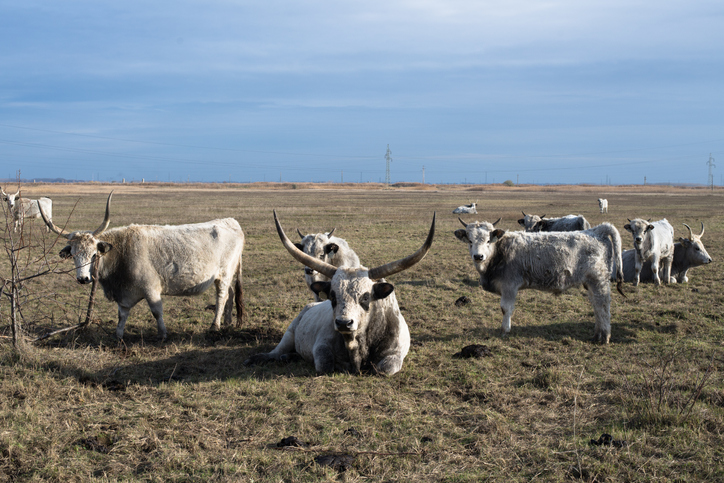Hungary has deployed soldiers and launched new disinfection measures to help contain an outbreak of foot-and-mouth disease in a northwestern area bordering Slovakia and Austria, the agriculture minister said on Wednesday.
Hungary reported its first case in more than 50 years of the disease, which often leads to trade restrictions, on a cattle farm early last month.
Since then, neighbouring Slovakia has detected outbreaks at five locations after reporting its first cases in March. It has also stepped up measures to contain the disease’s spread.
Hungarian Agriculture Minister Istvan Nagy said foot-and-mouth disease was found at two additional farms in Gyor-Moson-Sopron county by Wednesday morning, affecting 3,500 cattle in total.
“We are making every effort to prevent any additional outbreaks,” Nagy said in a Facebook video.
The defence ministry did not immediately respond to emailed questions regarding the number of soldiers deployed to assist the containment effort.
Hungary’s cattle stock numbered 861,000 heads based on a livestock census in December, little changed from levels a year earlier. That constituted 1.2% of the European Union’s total cattle stocks, official statistics showed.
Data on the website of Hungary’s National Food Chain Safety Office showed foot-and-mouth disease affecting a total of four farms in Hungary, all of them located in the country’s northwest, while checks at more than 600 other farms returned negative results.
Nagy said Hungarian authorities have launched additional measures, including disinfection points at border crossings and highway exits in the northwest to prevent the disease from spreading beyond the affected county.
Foot-and-mouth disease poses no danger to humans but causes fever and mouth blisters in cloven-hoofed ruminants such as cattle, swine, sheep and goats.
(Reuters)




















